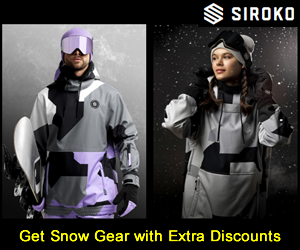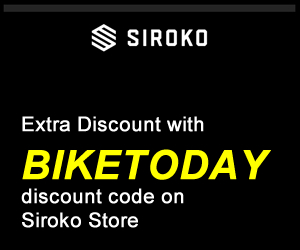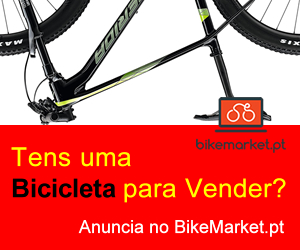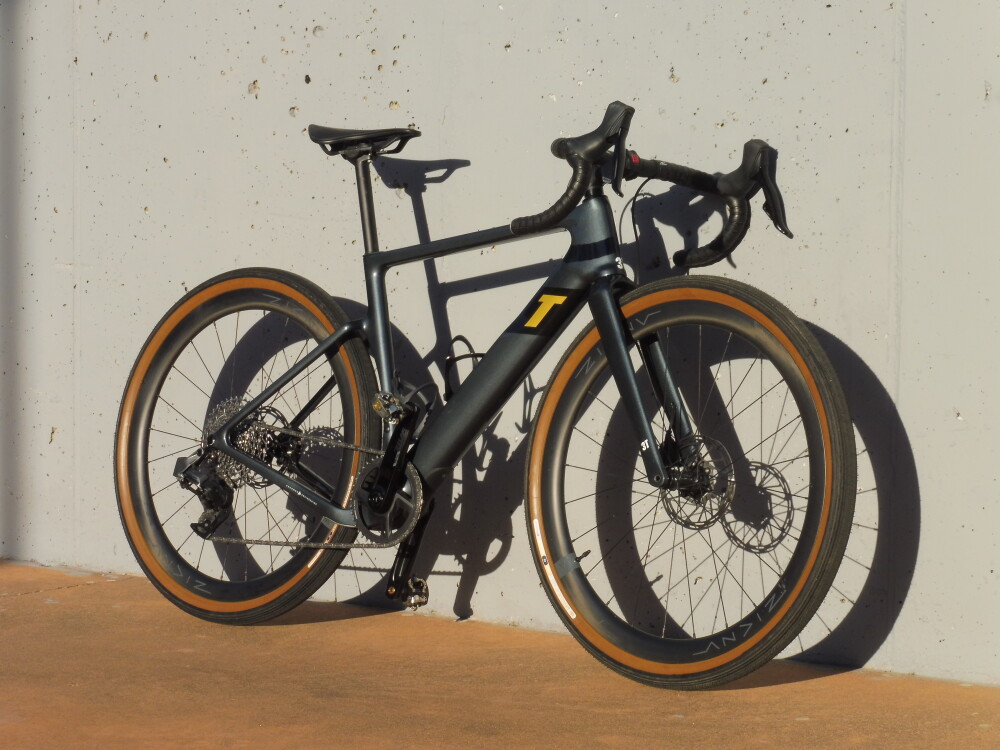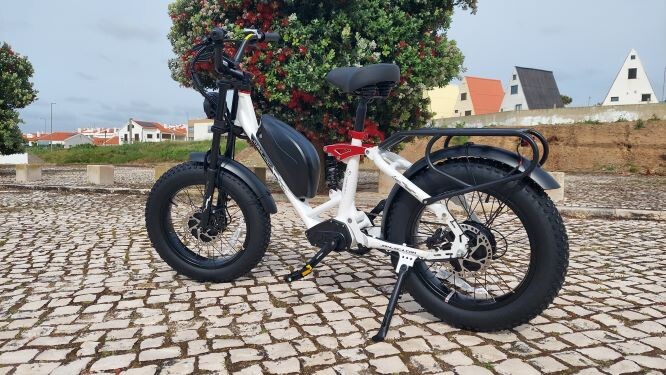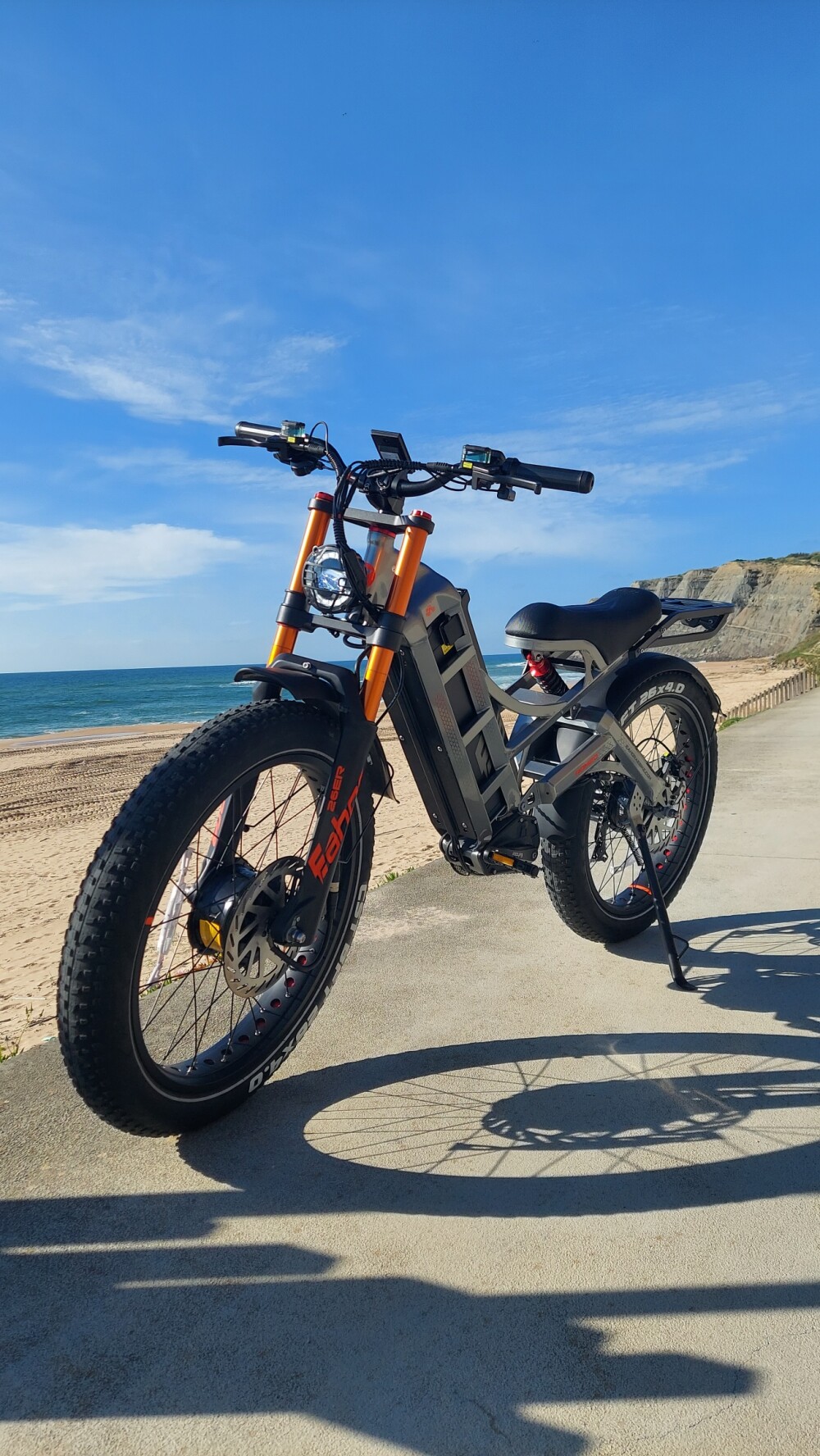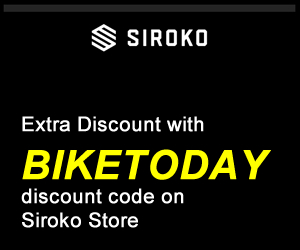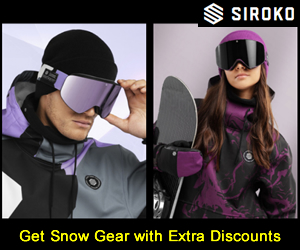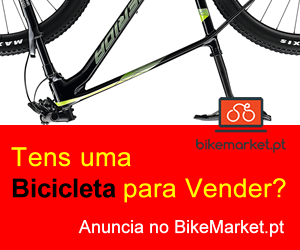❓ Cycling FAQ – Your Most Common Questions Answered
❓ Cycling FAQ – Your Most Common Questions Answered
Cycling can seem complex at first, but the basics are simple. This FAQ covers everything from bike types, components, accessories, training, nutrition, events, and safety to help you ride confidently.
🚲 Types of Bicycles
Q1. How do I choose the right type of bicycle?
Road, mountain, gravel, urban, folding, e-bikes – choose based on your riding style, terrain, and purpose.
👉 Read more about types of bicycles
Q2. What is a bicycle and how does it work?
Bicycles transfer power from pedals to wheels via chains and gears. Understanding basic mechanics helps with maintenance and safe riding.
👉 Read more about how bicycles work
Q3. What are special types of bicycles?
Includes BMX, time trial, tandem, cargo, recumbent, and other specialized bikes for performance or utility.
👉 Read more about special bicycles
Q4. What types of mountain, gravel, and road bikes exist?
Each has subtypes with specific geometry, components, and intended use.
👉 Read more about mountain bikes
👉 Read more about gravel bikes
👉 Read more about road bikes
Q5. What about urban and city bikes?
Designed for commuting, errands, and relaxed city rides.
👉 Read more about urban bikes
⚙️ Components & Maintenance
Q6. How do I maintain bike components?
Clean and lubricate chains, check brakes, inspect spokes and wheels, adjust gears and suspension regularly.
👉 Read more about components
Q7. How do bicycle gears work?
Gears change pedaling resistance to match terrain and cadence. Learn how derailleurs and shifters operate.
👉 Read more about gears
Q8. How do bicycle suspensions work?
Suspensions absorb shocks and improve comfort and handling. Types include front, rear, and full suspension.
👉 Read more about suspensions
Q9. How do I choose brakes?
Rim brakes are lightweight; disc brakes offer stronger stopping power, especially in wet conditions.
👉 Read more about brakes
Q10. How do I choose wheels, spokes, and tires?
Wheel size, material, spoke type, lacing pattern, and tire width/tread depend on riding style and terrain.
👉 Read more about wheels
👉 Read more about spokes
👉 Read more about tires
Q11. What are tire air retention systems?
Includes inner tubes, tubeless setups, and advanced air-retention technologies.
👉 Read more about tire air retention
Q12. How do I maintain my drivetrain?
Keep chains, cassettes, and chainrings clean and lubricated; check derailleur alignment.
👉 Read more about chains
👉 Read more about cassettes
👉 Read more about dropouts & hangers
Q13. How do I adjust my saddle, handlebars, and stem?
Adjust for comfort, posture, and proper reach.
👉 Read more about saddles
👉 Read more about handlebars
👉 Read more about stems
🧰 Essential Accessories
Q14. What cycling accessories are essential?
Helmet, lights, repair kit, water bottle, and optionally a bike computer.
👉 Read more about accessories
Q15. What bicycle lights should I use?
Front white, rear red, optional side/spoke lights; choose steady or flashing depending on conditions.
👉 Read more about lights
Q16. What type of pedals should I use?
Flat pedals for casual riding; clipless for performance; MTB/road vary by shoe type.
👉 Read more about pedals
👕 Clothing & Footwear
Q17. Why wear padded shorts?
Reduces friction and improves comfort on long rides.
👉 Read more about cycling clothing
Q18. Do I need special cycling shoes?
Improves efficiency, but sports shoes work for short rides.
Q19. How do I choose gloves and eyewear?
Gloves for grip, glasses for wind/debris protection.
🍌 Nutrition
Q20. What to eat before a ride?
High-carb meals such as oats, rice, or pasta.
👉 Read more about nutrition
Q21. How do I stay fueled during rides?
Eat energy bars, gels, or fruit every 45–60 minutes.
Q22. What is the best recovery food?
Protein and carbs within an hour post-ride.
Q23. How important is hydration?
Very; drink 500–1000 ml per hour depending on conditions.
💪 Training & Performance
Q24. How often should I train?
3–5 times per week depending on fitness and goals.
👉 Read more about training
Q25. Is indoor cycling effective?
Yes, smart trainers provide structured workouts.
👉 Read more about indoor cycling
Q26. How to train for climbing or endurance?
Use intervals, long rides, and strength training off the bike.
Q27. Do I need a power meter?
Optional, but helps track performance and progress.
🌍 Cycling Tours & Events
Q28. Can I take my bike on a plane?
Yes, with a hard case or padded bag.
Q29. What is bikepacking?
Self-supported touring using frame, seat, and handlebar bags.
Q30. How to prepare for long rides?
Train progressively, plan nutrition and rest stops, check your bike.
👉 Read more about tours & events
Q31. What are competitive events?
From local granfondos to international races.
👉 Read more about races & competitions
🛡️ Safety & Regulations
Q32. Is a helmet mandatory?
Depends on local laws; always recommended.
Q33. How can I be more visible?
Use lights, reflective clothing, and predictable riding.
Q34. Can I ride on sidewalks?
Usually no; use roads or bike lanes.
🧒 Kids Bikes
Q35. What age is best for a child to start riding a bike?
Balance bikes: 2 years+, pedal bikes: 3–4 years.
👉 Read more about kids bikes
Q36. How to choose the right size?
Ensure the child can touch the ground with both feet while seated.
Q37. Are training wheels necessary?
Not always; balance bikes can eliminate them.
Q38. How often should I check the bike’s condition?
Before every ride: brakes, tires, chain, bolts.
Q39. What type of helmet is recommended for kids?
Properly fitted, safety-certified, adjustable straps.
🛒 Buying Bikes & Gear
Q40. Can I test ride a bike before buying online?
Some stores offer local pickup or trial programs.
Q41. Is buying second-hand a good option?
Yes, but inspect carefully for wear.
👉 Read more about buying bikes & gear
Q42. Are online stores cheaper than local shops?
Sometimes, but consider shipping, assembly, and support.
Q43. What to check when buying a used bike?
Frame, brakes, drivetrain, wheels, and service history.
Q44. Where can I buy bike components or accessories?
Local bike shops, online retailers, or verified marketplaces.
💡 More Guides
Q45. Where can I read more about bikes, gear, training & lifestyle?
👉 Visit the Ultimate Cycling Guide















